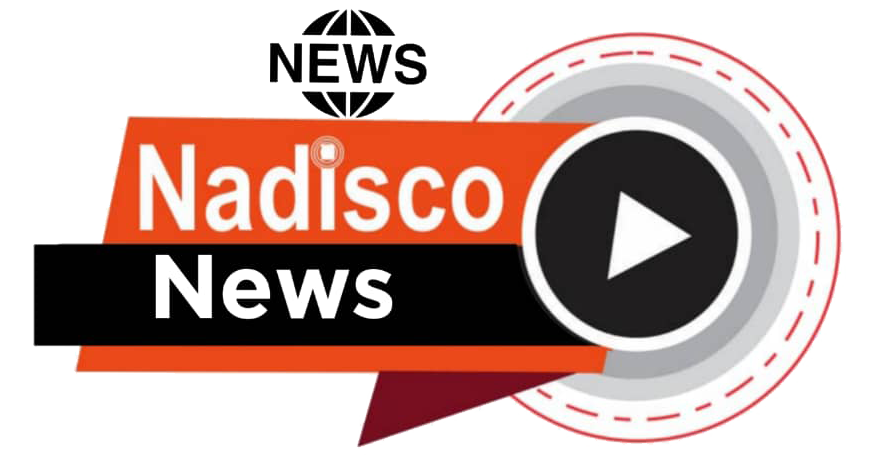Pablo Escobar was born in 1949. The son of a teacher and a peasant; his life of crime began early. While he was still in school he stole tombstones and sold them to smugglers from Panama. In the early 1970s he entered the cocaine trade. His ambition and ruthlessness in the cocaine trade would make him one of the wealthiest, most powerful, and most violent criminals of all-time.
Under his leadership, large amounts of coca paste were purchased in Bolivia and Peru, processed, and sent to the United States. Escobar collaborated with five or six other illegal entrepreneurs from the Medellin area, forming the infamous Medellin Cartel.
He eventually controlled over 80% of the cocaine shipped to the U.S. He was named one of the ten richest people on earth by Fortune and Forbes magazines. But his rise to infamy cost the lives of three Colombian presidential candidates, an attorney general, a justice minister, more than 200 judges, dozens of journalists, and over 1,000 police officers.
Escobar’s ruthlessness was legendary. His rise was opposed by many honest politicians, judges and policemen, who did not like the growing influence of this street thug. Escobar had a way of dealing with his enemies: he called it “plata o plomo,” literally, silver or lead. Usually, if a politician, judge or policeman got in his way, he would first attempt to bribe them, and if that didn’t work, he would order them killed, occasionally including their family in the hit. The exact number of honest men and women killed by Escobar is unknown, but it definitely goes well into the hundreds and perhaps into the thousands.
Even being important or high-profile did not protect you from Escobar if he wanted you out of the way. He ordered the assassination of presidential candidates and was even rumoured to be behind the 1985 attack on the Supreme Court, carried out by the 19th of April insurrectionist movement in which several Supreme Court Justices were killed. On November 27, 1989, Escobar’s Medellín cartel planted a bomb on Avianca flight 203, killing 110 people. The target, a presidential candidate, was not actually on board. In addition to these high-profile assassinations, Escobar and his organisation were responsible for the deaths of countless magistrates, journalists, policemen and even criminals inside his own organisation.
By the mid- 1980’s, Pablo Escobar was one of the most powerful men in the world. Forbes magazine listed him as the seventh-richest man on the globe. His empire included an army of soldiers and criminals, a private zoo, mansions and apartments all over Colombia, private airstrips and planes for drug transport and personal wealth reported to be in the neighborhood of $24 billion. He could order the murder of anyone, anywhere, any time.
In 1991, due to increasing pressure to extradite Escobar, the Colombian government and Escobar’s lawyers came up with an interesting arrangement: Escobar would turn himself in and serve a five-year jail term. In return, he would build his own prison and would not be extradited to the United States or anywhere else. The prison, La Catedral, was an elegant fortress which featured a Jacuzzi, a waterfall, a full bar and a soccer field. In addition, Escobar had negotiated the right to select his own “guards.” He ran his empire from inside La Catedral, giving orders by telephone. There were no other prisoners in La Catedral. Today, La Catedral is in ruins, hacked to pieces by treasure hunters looking for hidden Escobar loot.
Everyone knew that Escobar was still running his operation from La Catedral, but in July of 1992, it came out that he had ordered some disloyal underlings brought to his “prison,” where they were tortured and killed. This was too much for even the Colombian government, and plans were made to transfer him to a normal prison. Fearing he could be extradited, Escobar escaped and went into hiding. A massive manhunt was organised, with help from the United States Government. By late 1992, there were two organisations searching for him: the Search Bloc, a special, US-trained Colombian task force, and “Los Pepes,” a shadowy organisation of Escobar’s enemies, made up of family members of his victims and financed by Escobar’s main business rival, the Cali Cartel.
On December 2, 1993, Colombian security forces using US technology located Escobar hiding in a home in a middle-class section of Medellín. The Search Bloc moved in, triangulating his position, and attempted to bring him into custody. Escobar fought back, however, and there was a shootout. He was eventually gunned down as he attempted to escape on the rooftop. He had been shot in the torso and leg, but a serious wound was found in his ear, leading many to believe that he committed suicide, and many others to believe that one of the Colombian policemen had executed him.
With Escobar gone, the Medellín Cartel quickly lost power to its ruthless rival, the Cali Cartel, which remained dominant until the Colombian government shut it down in the mid 1990’s. Escobar is still remembered by the poor of Medellín as a benefactor. He has been the subject of numerous books, movies and websites, and fascination continues with this master criminal, who once ruled one of the greatest crime empires in history.
Anthony Obeng Afrane




